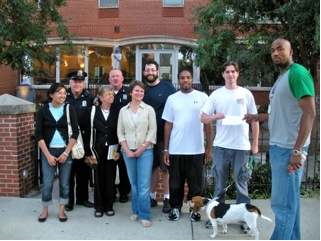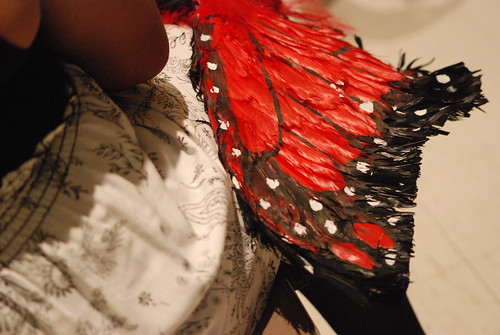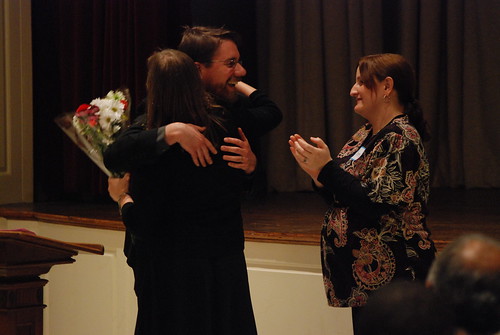Citizens on Patrol (COP) groups are a great way to socialize with your neighbors, learn more about your neighborhood, and promote a sense of solidarity in your community. COP walkers meet on a regular basis to walk through their neighborhood together, giving neighbors a friendly hello and making a note of anything in need of repair or attention. Walkers keep an eye out for potential code violations, sanitation problems, vacant homes, abandoned vehicles, and more.
Want to know more about how a COP group can get started in your community? GHCC is hosting a Citizens on Patrol and Neighborhood Walkers workshop on Thursday, May 27. Join neighborhood walkers and Northern District Police officers at 7:00 p.m. at our offices at 3503 N. Charles Street to find out how to start a group of your own. Click here for a printable flyer.
Here, Joe Stewart -- one of the residents who started Walking Waverly -- shares a little bit about his experience.
Walking Waverly came out of a meeting of Better Waverly Community Organization’s Quality of Life Committee a few years ago. Nameless at the conception, it began as a suggestion that committee members go outside and see how things were going on warm evenings, when residents gathered on corners, porches, sidewalks, and yards in response to complaints about inconsiderate behavior interfering with others’ peace and quiet.
Here would be a chance to observe what was happening. Maybe it would serve to calm things down. At the very least, it would demonstrate representatives of the community organization were taking an active interest in matters at the block level. Notice went out after picking a date, time and location to launch a stroll through the neighborhood.
Launched like a trial balloon on a Wednesday one spring evening by a few residents, Walking Waverly took on a life of its own. Before long, police officers from Northern District, City Councilwoman Mary Pat Clarke, and representatives from various city agencies were tagging along. Walkers greeted whoever was outside, introducing guests from the city to residents on their blocks.
Walkers brought their dogs along. New neighbors joined and learned things about the neighborhood they didn’t know. It was rewarding to be strolling with others, visiting and viewing the neighborhood together in each of the four seasons, with holiday decorations or different flowers in bloom. The commercial corridor was intentionally included. This allowed walkers to interact with merchants and to enjoy the shop window displays.
When it started getting darker, a decision was made to walk an hour earlier during fall and winter months.
What made it work? Leaders showing up regularly, posting ongoing notices, sticking to a schedule rain or shine, sleet or snow, and promoting special guest walks all helped.
What made it safe? Being a neighborly stroll where everyone along the way got greeted, not being confrontational or assuming responsibilities belonging to the police, and having “Walking Waverly” embroidered caps for those who wished to wear them.
Challenges we faced? It is continually difficult getting residents involved in community activities. Chapters could be written speculating why that is. However, it is important to remember a few dedicated people can make a difference and as long as participants remain neighborly, upbeat and willing to show up, Walking Waverly will serve a role in the community.










